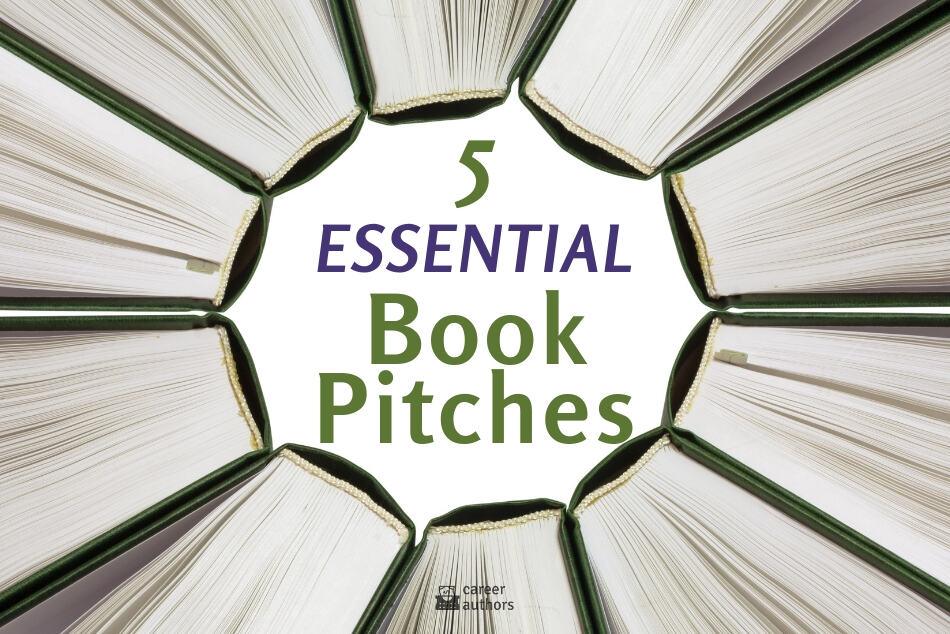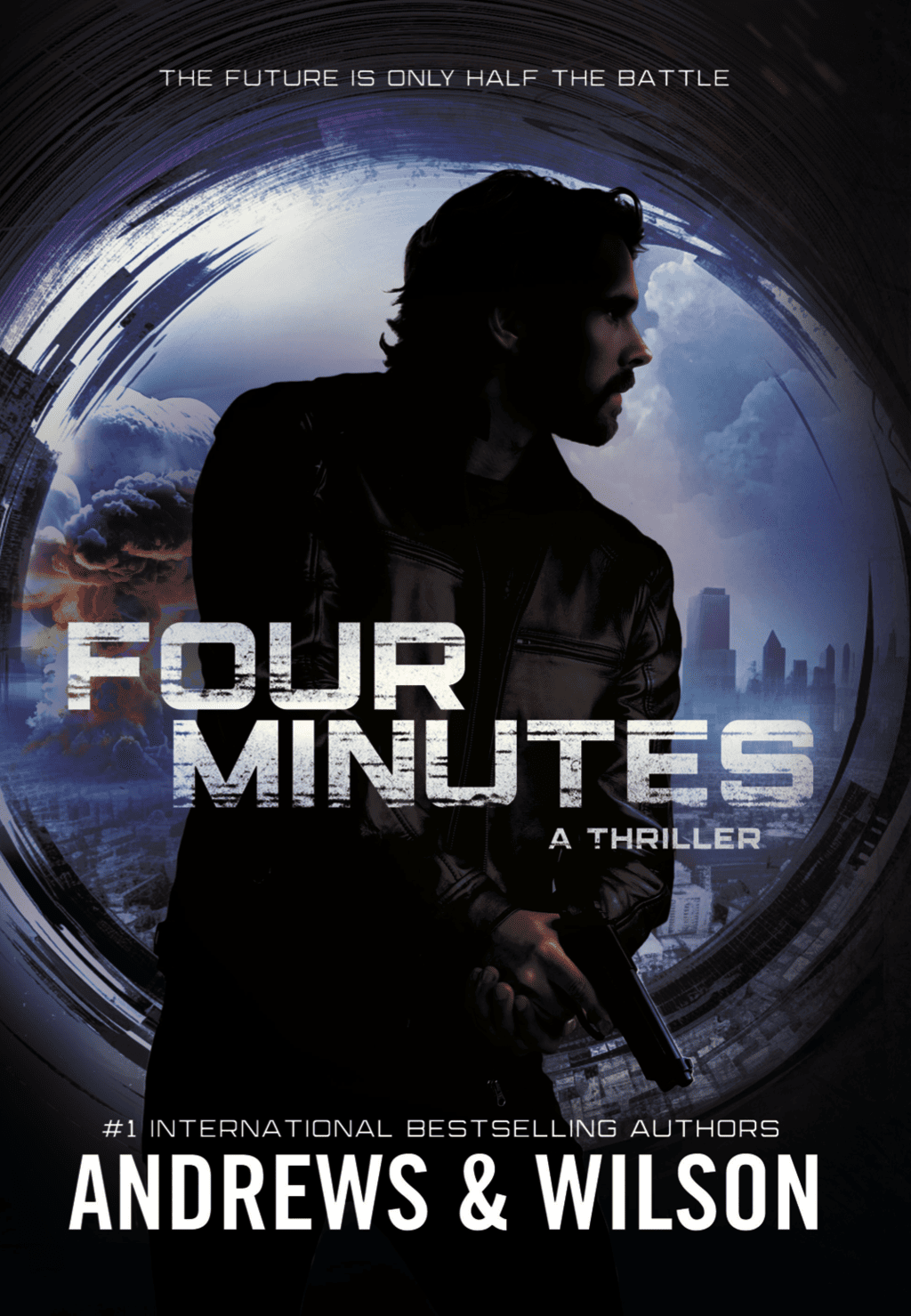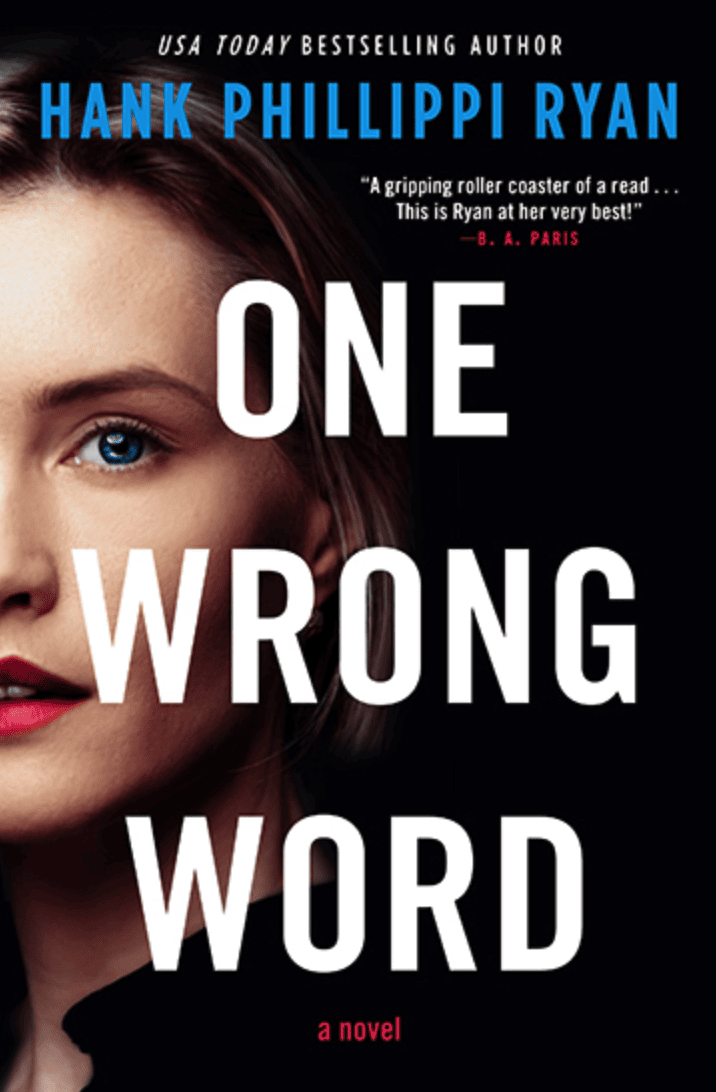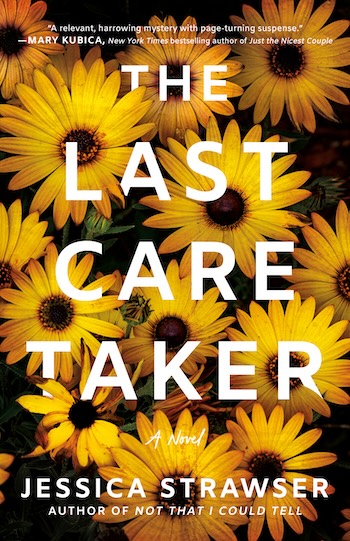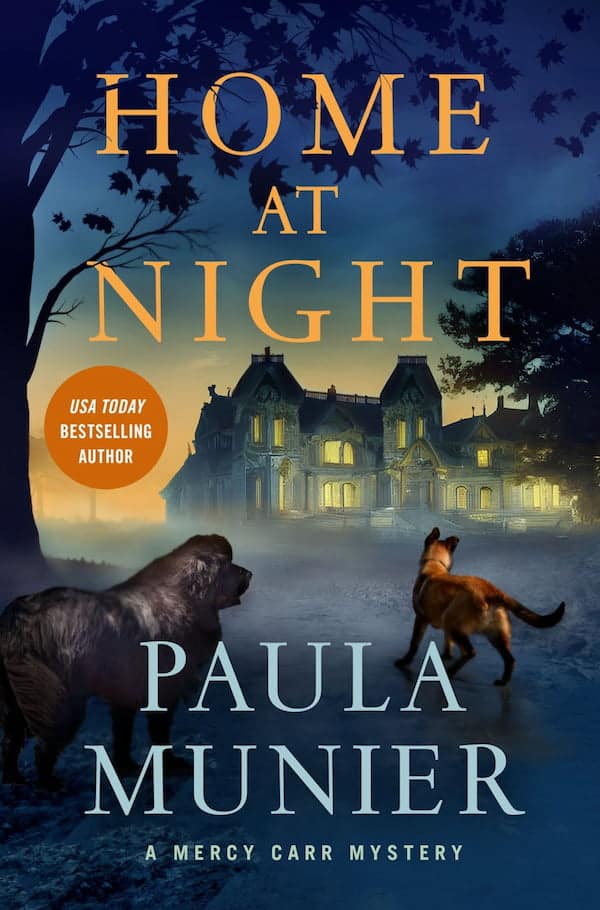by Chris Pavone
Everyone is familiar with the idea of the elevator pitch, right? You have the length of an elevator ride to sell the merits of your project to someone trapped in there with you—Steven Spielberg, or a big-5 publisher, or an NPR producer. That’s an easy scenario to envisage, and you’ve figured out this pitch, you’ve practiced it on unsuspecting loved ones, you’re thoroughly prepared to step into that elevator and wow Spielberg. Congratulations! Your work is done.
Not so fast.
Every book will get pitched uncountable times on its way to publication, and many of the most important pitches won’t be done by you; you’ll be nowhere near. I think it’s instructive to anticipate those different flavors of pitches, to figure out what I’d say if I were in those rooms, and to communicate this to my agent or editor or publicist, to help them craft their own book pitches. In fact, I write out a few of these while—or even before—I write the book itself, to help ensure that I’m writing something pitchable, and hence publishable, and saleable. Here are some of the crucial ones:
1. AGENT to EDITOR
What should your agent say to a new editor, or your existing editor, to frame your project before submission? If you’re John Grisham, that might be really simple: “John has a new idea.” But if you’re you, what’s the thing? Is it that this new book is a departure? Or are you trying to build on a success? Seize a moment? Ride a coattail? Take more time, take less time, launch a series, end a series, pursue a passion, finally win that Pulitzer? Is this your best book ever? (Really?) If you’re unknown, might you be the next Grisham? Is that a remotely credible claim? (No, it’s not.) So what is? What should your agent say—about you, or your book, or the marketplace, or this moment—to convince an editor that this book, written by this author, is a promising proposition? If you had this chance, what would you say?
2. COMP TITLE to PUBLISHER
The editor who (hopefully) wants to acquire your book will need to walk into her boss’s office clutching a proposed profit-and-loss statement like a backstage pass—here it is, my credential, please let me join this fabulous party—to get permission to extend the offer. The P&L will include advance, royalties, and sales figures, as well as lots of costs—direct and indirect overhead, PPB (paper, printing, and binding), freight, marketing, the shared contribution to keeping the company’s lights on. This is math, and not very pitch-able, nor for the most part flexible or negotiable.
The all-important sales figures (this is business, after all) will be estimates, but they will not be pulled out of thin air. These numbers will be based on comparison titles: already published books that are credible models for yours, real books whose actual sales figures can serve as realistic projections for your book’s imaginary ones. This comp must be written by an author with a similar public profile or established audience (or lack thereof), writing in the same niche, for the same audience, in the recent past.
The comp title is one of the hardest hurdles for any acquisition. This is when an editor might realize that although the project seems attractive, evidence suggests that audiences do not exactly flock to this sort of thing. This is occasionally when an editor gives up, and calls the agent to decline the project, with sincere regrets and apologies. This is when the publisher looks down at the P&L, then up at the editor, and says, “Are you kidding me? What makes you think for one second that you can use Grisham’s latest as the comp from Pavone’s newest? You’re fired.”
You know that your comp isn’t Grisham. What is it?
3. LAUNCH MEETING
At some point 9 to 15 months before publication, your editor will probably stand in front of a room full of colleagues to launch your book to the people who will make important decisions about everything related to the design, production, publicity, marketing, and sales of the consumer product that is your book. These colleagues will sit in this room for hours on end, listening to 2-minute book pitches and having 3-minute conversations about every book on a given seasonal list—20, 30, 40 individual titles, one after another.
When your editor stands in front of that room, what should she say? What are the key selling points that must be communicated before the staff sets off designing the cover, or establishing the marketing budget, or setting the sales targets for individual accounts? Is it the good things that happened to your previous book—blurbs, reviews, sales, awards? Is it a good thing that has already happened to this one? Is it the originality of your plot? Your track record (or lack of one) or sales pattern? Your professional network, connections, media platform or profile, guaranteed publicity outlets? What is it that’s going to optimistically frame the commercial prospects for this particular consumer product, that will set it apart from the hundred other new products that the company may introduce next year, sold into a marketplace with hundreds of thousands of similar new products that are launched every single year? What will make yours stand out?
4. FLAP COPY to CONSUMER
You know what this is; you’ve read plenty of flap copy. But have you engaged in the exercise of trying to tell the story of your book to bookstore browsers in a single page? How do you condense your 100,000-word narrative down to a measly 225-275 words? What’s the headline? Do you focus on plot, protagonist, writing style, timeliness, comparisons to other authors, books, films? What’s the one minute’s worth of reading that’s going to convince a customer to carry this thing to check-out and part with 27 of their hard-earned dollars? What makes this book special?
5. NEW YORK TIMES BEST-SELLER LIST to YOURSELF
On The List, each book is described in a sentence fragment or two. These days, a lot of these squibs read like “the 78th installment in the Printing Money series,” which says it all. What’s yours?
This particular book pitch may seem irrelevant. After all, by this point, mission already accomplished, right? But I myself tend to make this the very first pitch I create, way at the very beginning of the project. In fact before I write page 1, I try to figure this out. Because if I don’t have a compelling logline, I should quit right there, because I don’t have a compelling book.
Do you?
Let’s chat about it on Facebook.
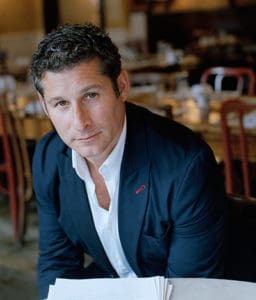
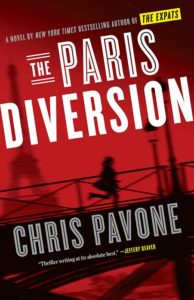 Chris Pavone is the New York Times–bestselling author of The Expats, winner of the Edgar and Anthony awards for best first novel, The Accident, The Travelers, and most recently The Paris Diversion. Previously he held editorial positions at Doubleday, the Lyons Press, HarperCollins, Crown, and Artisan, and wrote a (mostly blank) book about wine, as well as ghost-wrote a couple of nonfiction books. He lives in New York City with his family.
Chris Pavone is the New York Times–bestselling author of The Expats, winner of the Edgar and Anthony awards for best first novel, The Accident, The Travelers, and most recently The Paris Diversion. Previously he held editorial positions at Doubleday, the Lyons Press, HarperCollins, Crown, and Artisan, and wrote a (mostly blank) book about wine, as well as ghost-wrote a couple of nonfiction books. He lives in New York City with his family.
